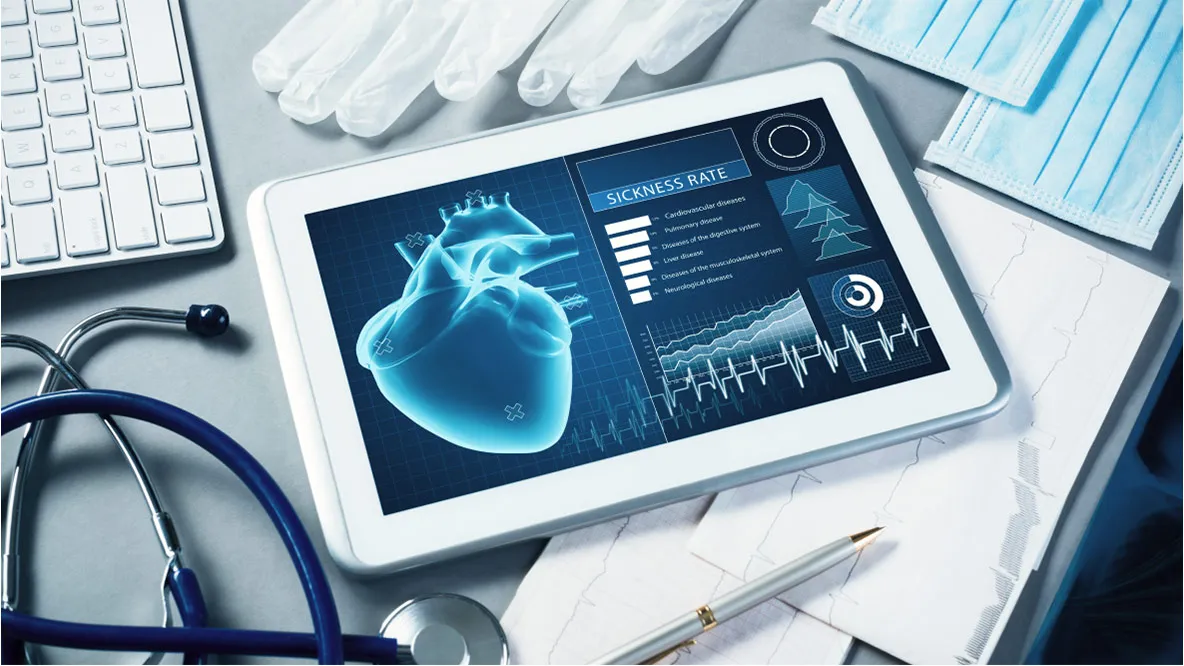5G for Healthcare
Access to good healthcare is one of the most basic rights of every in the country. However, due to the sheer volume of people needing healthcare as against the limited resources of medical staff and facilities, this becomes a challenge. Not anymore! We will see this gap reducing or even becoming a thing of the past with the advent of 5G in healthcare. 5G provides an infrastructure on which a series of robust healthcare technology solutions can be supported. From remote consultations to surgery simulations for training, 5G is bringing to life an era of healthcare that seems straight out of a sci-fi movie.
5G powered healthcare use cases
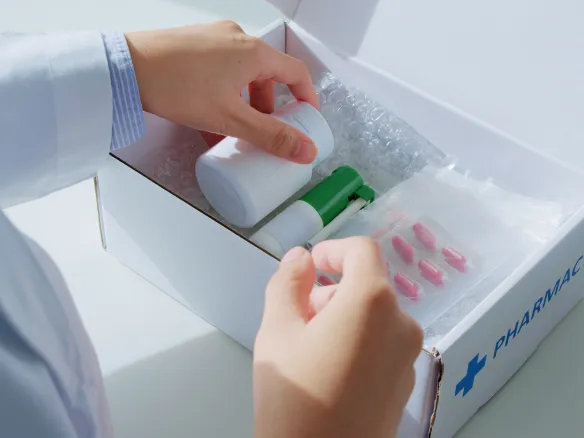
Clinic in a Bag
5G’s ultra-reliable low latency communication (URLLC) has made possible innovations like Clinic in a Bag. This is a fully equipped mobile kit that includes various connected devices like a stethoscope, ENT probes, ECG machine and more. The kit also has a 5G powered tablet that allows for real-time remote consultation with specialists to provide emergency care to anyone in remotest of areas, or without help. This form of telemedicine also extends to surgery where specialist surgeons who cannot be present in person can assist via video calling and overlook surgery in real-time.
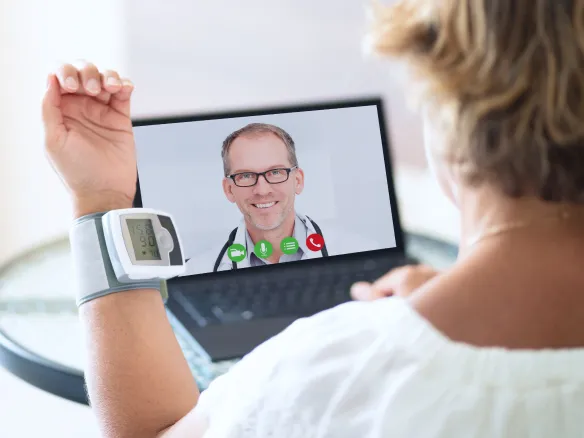
Remote patient monitoring
5G technology makes accurate and real-time remote monitoring of patients possible. 5G powered wearables can constantly monitor the patient’s vitals at home and send the information to a central processor at a healthcare facility. AI is capable of detecting anomalies in the patient’s vitals like heart rate, blood pressure, breathing and more and alert medical staff immediately. This helps to take quick action which could prove life-saving. Remote patient monitoring is also useful on a less urgent day-to-day basis to remind patients through an app to take their medication on time or assist them in their rehabilitation therapy.
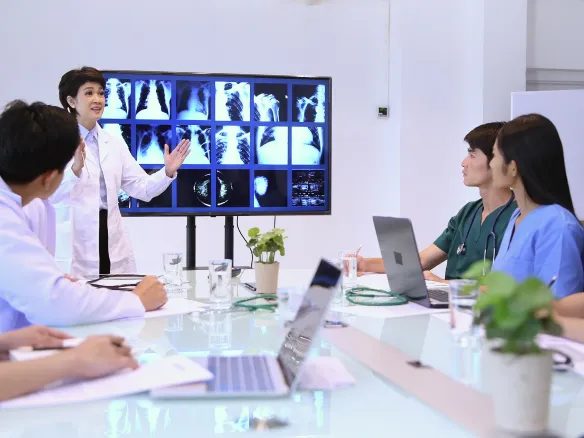
Clinical collaborations
It can sometimes happen that clinical tests are carried out at one location while the consulting medical expert is at another. With 5G connectivity, large files like CT scans and MRIs can be uploaded, sent and downloaded quickly between locations so that the expert opinion can be sought and immediate action can be taken. Real-time high-throughput computational processing provides quick test reports allowing a quick response and start of treatment. Clinical collaborations can also be assisted by 5G when a patient has to be moved from one facility to another and soft copies of all their medical records have to be quickly and securely transferred to the new destination.
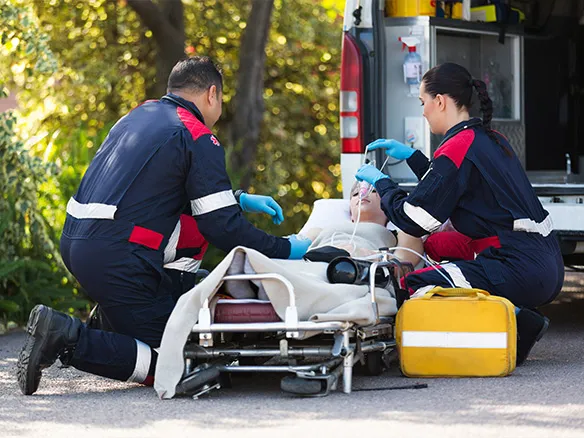
Connected ambulances
Paramedics have been trained in CPR and other life-saving first aid modalities. However, up until now there have been limitations to how much a paramedic can do for a patient within the constraints of available ambulance equipment. 5G solves this problem in two ways - ambulances can now be equipped with smart equipment that can not only provide life support but also relay a patient’s vitals to the hospital in real-time. A medical expert can have access to this patient information and instantly instruct paramedics on what they should do to stabilize the patient. This is especially useful if the ambulance has to travel a long distance to get to the hospital or is stuck in traffic. Furthermore, patient information that is relayed to the hospital helps the response team to keep things ready for the patient in advance to save time on arrival.
Insightful resources
Learn more on 5G technology through case studies, whitepapers and latest updates.
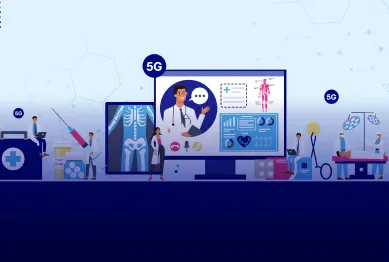
Use Case
5G for healthcare
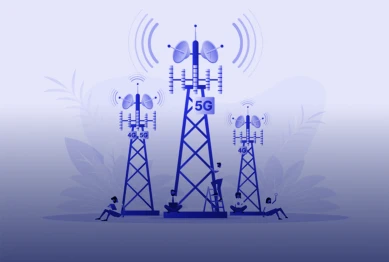
Infographic
Standalone architecture for True 5G experience

Infographic
Accelerate SMB's growth with True 5G
Want a callback?
Please share your details.
By continuing, you agree to our Terms & Condition
